Stop! Answer These 8 Questions Before Sending Push Notifications
Published on June 01, 2016/Last edited on June 01, 2016/6 min read


Todd Grennan
Content Production Principal, Content Marketing at BrazeDear reader: This blog post is vintage Appboy. We invite you to enjoy the wisdom of our former selves—and then for more information, check out our new Cross-Channel Engagement Difference Report.
There’s a growing number of push notifications crowding consumers’ devices, meaning it is increasingly important to make the most of each message. Push notifications, which alert users immediately on the phone they likely always have with them, play a unique role in helping you to reach customers and to make it easy to for them engage. But only if they’re opted in to getting push notifications from you, they aren’t busy with something else at the time your notification arrives, they’re interested in the content of your message, and it catches their eye in the course of their busy day….
How do you keep this channel operating at its full potential? First, make sure you’ve primed your audience to opt in to push. Second, run through the checklist below before you send or schedule any push message.
1. Is this the best time?
Timing is crucial. If your user is busy, or asleep, the chances of getting his or her attention are slim. Send-time optimization can increase conversions by 25% by allowing for data on each user’s previous peak engagement times to factor into your sending.
There is no one best time across industries to send push notifications, but a marketing automation tool that includes send-time optimization will look at existing data on interactions to determine the ideal send time for each user. Since this may even vary across devices, with wearable, mobile, and desktop notifications yielding different results, it’s handy to have a tool that will help you optimize. And if you don’t have an automation tool, you can still look at segments of your customers to find patterns in peak engagement times.
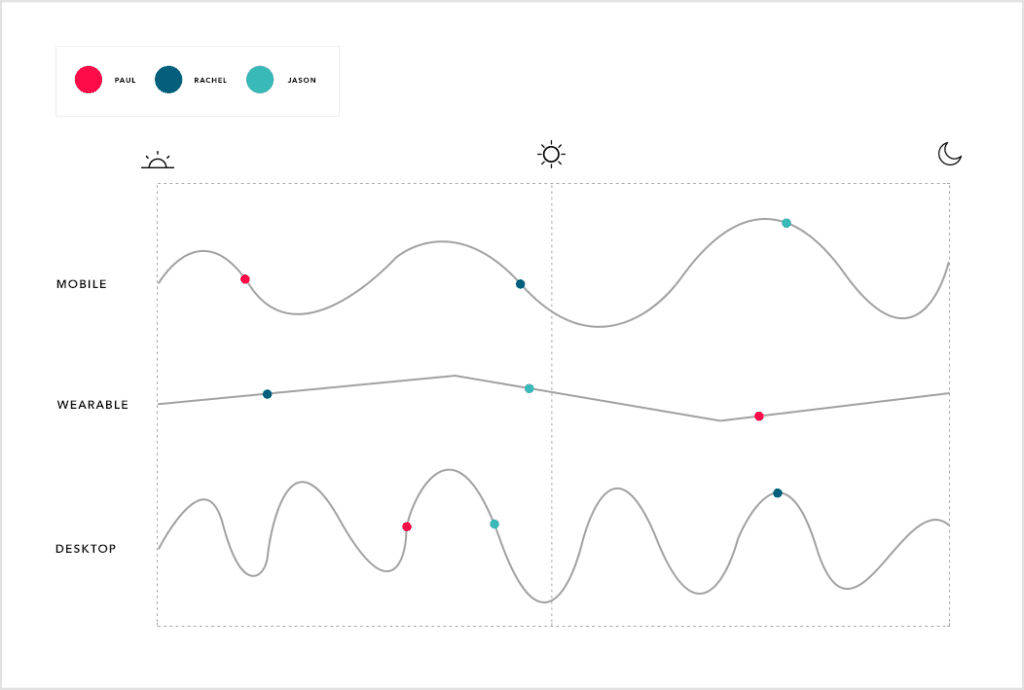
Different users are more likely to engage with notifications at different times.
2. Is it short and sweet?
While it is possible to create an amazingly effective, long push notification, shorter ones usually perform better. Push notifications that are 24 characters or fewer produce the highest conversion rates. Spend the extra time tightening up your messaging.
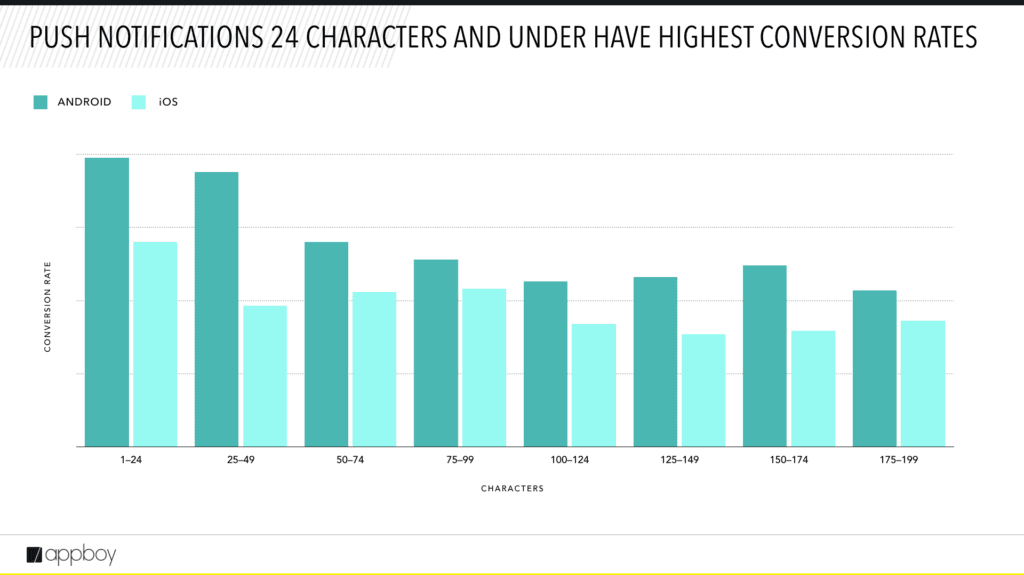
3. Are these users receiving too many push notifications from me?
One major danger with push notifications is overload. Too many messages, too often, can lead to dissatisfaction with, or dismissal of, your messages. Message rate limits, or frequency caps, can ensure that you don’t overwhelm your customers. Review your opt-out and engagement stats for different segments of your customers and set some frequency caps that make sense for your app.
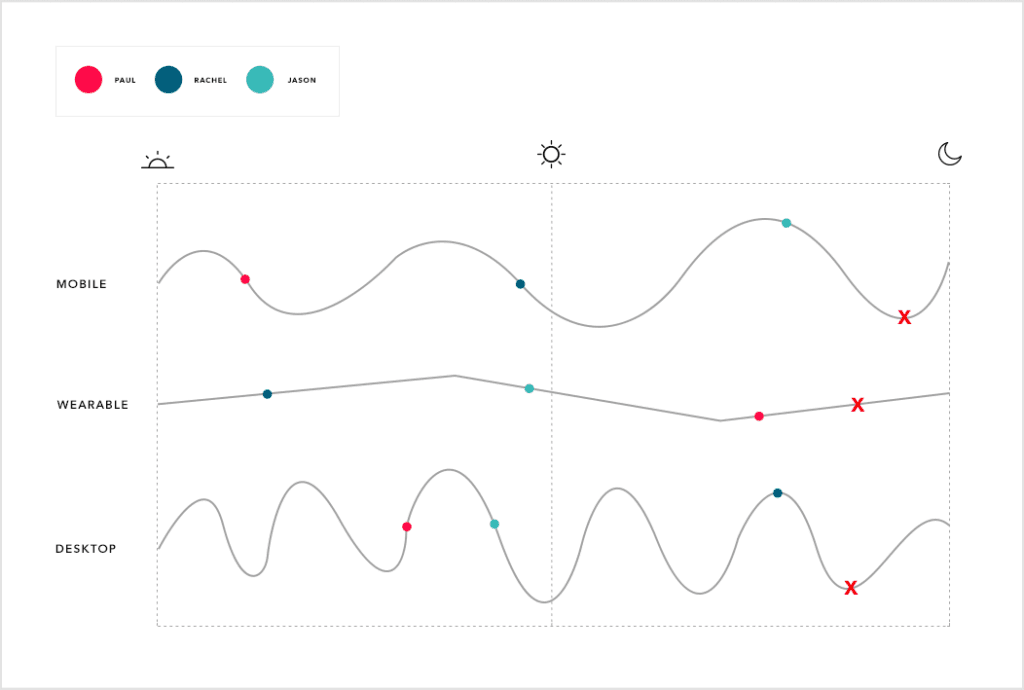
Message rate limits control the number of messages a user will get from you in a specific time frame.
4. Did I personalize the message for its recipients?
Customization pays off when users feel understood by your app and that the messages they get from you are relevant. A Delvv study last year found that 78% of people felt that most push notifications were irrelevant, so it’s crucial to be continually seeking ways to better connect with your customers based on their preferences and interests.
Personalizing a message with attributes like first name, recent purchases, or other interaction data can increase conversions by 27.5% compared to generic notifications because this boosts relevance to your customer. But you can do even more to increase the likelihood that your message will be relevant. Sending campaigns to carefully crafted segments (instead of the same single message to your whole audience) can lead to a 200% increase in conversions.
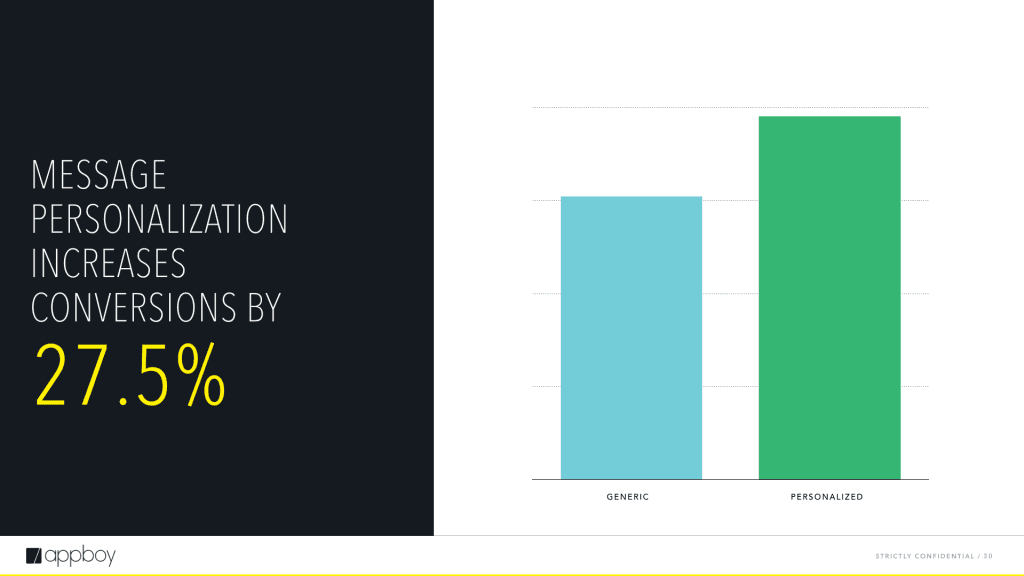
5. Is this the best message for each recipient’s lifecycle status?
Each push notification should be helping you deepen your relationship with users by offering valuable ways to interact. Their current status as, for example, a novice, casual user, or power-user should be reflected in your messaging and the push should be guiding them toward your lifecycle goals.
First, of course, you’ll have to define those goals. Once you’ve mapped the lifecycle stages that users go through with your brand, you can plan campaigns to keep users active or increase loyalty. A campaign with push notifications can and should be nudging users along the path to more engagement.
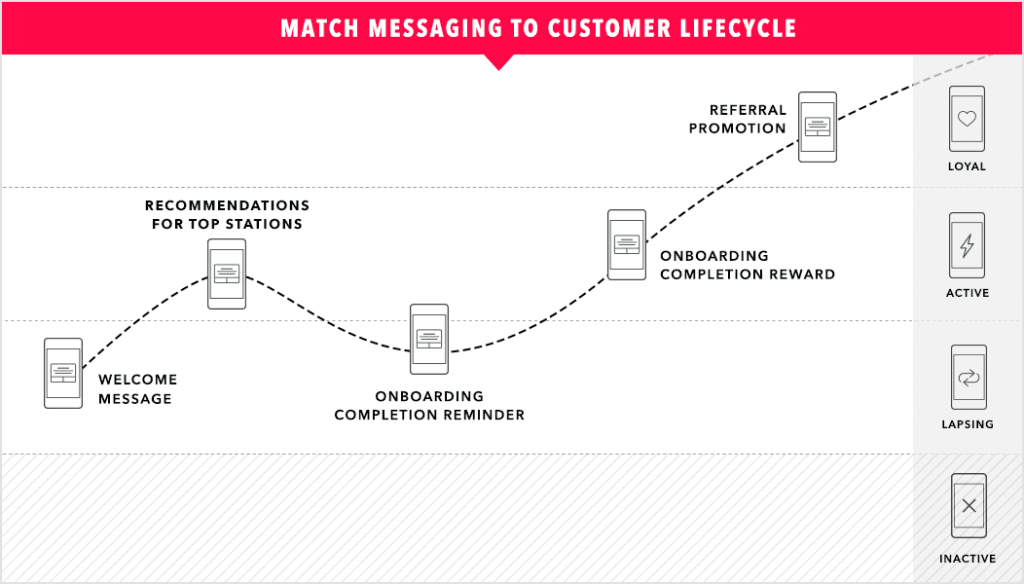
6. Would an image or emoji enhance the notification?
Push notifications can include images and emojis, which are starting to make a strong showing. Keep devices and operating systems in mind when choosing images: only Android phone support images in push notifications. Emojis can be especially helpful for cutting down on the number of characters in a message.
Not all push notifications need an image or emoji but when used for occasional emphasis, they can efficiently evoke emotion, contribute to tone, or give additional information in a small space. Including a relevant and attention-grabbing image can improve call to action response rates by 57%.
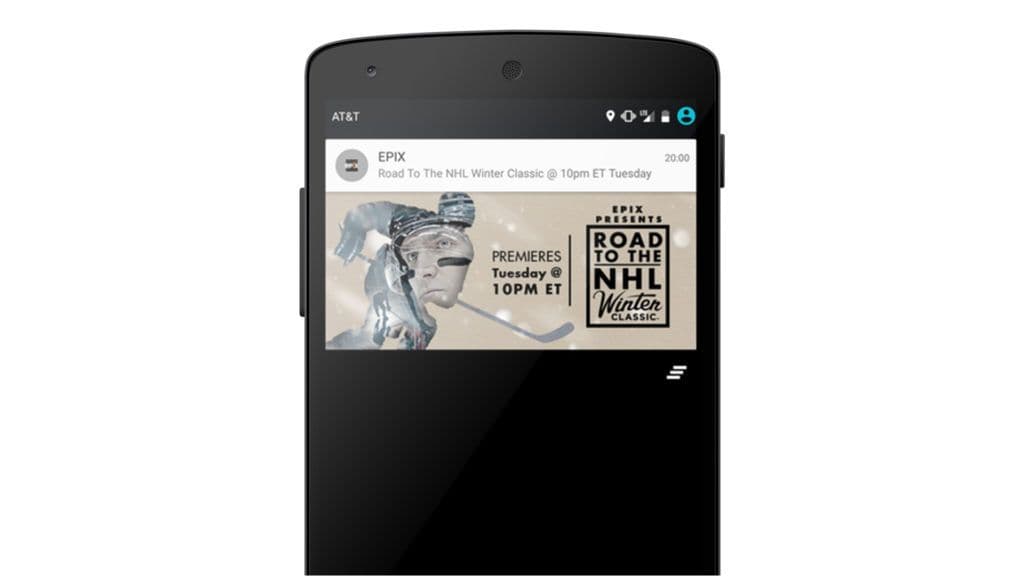
A push notification with an image on Android.
7. How can I hone it through testing?
This may not be an option for every push notification you write, but especially for key notifications used throughout the user experience, AB or multivariate testing can help you identify the most effective design and content. Certain images, phrases, and tones may tend to resonate better, so testing can help you find what’s best for your customers. Many automation platforms will also allow you to send the test notifications to a portion of your segment, and then send the winning notification to the rest automatically.
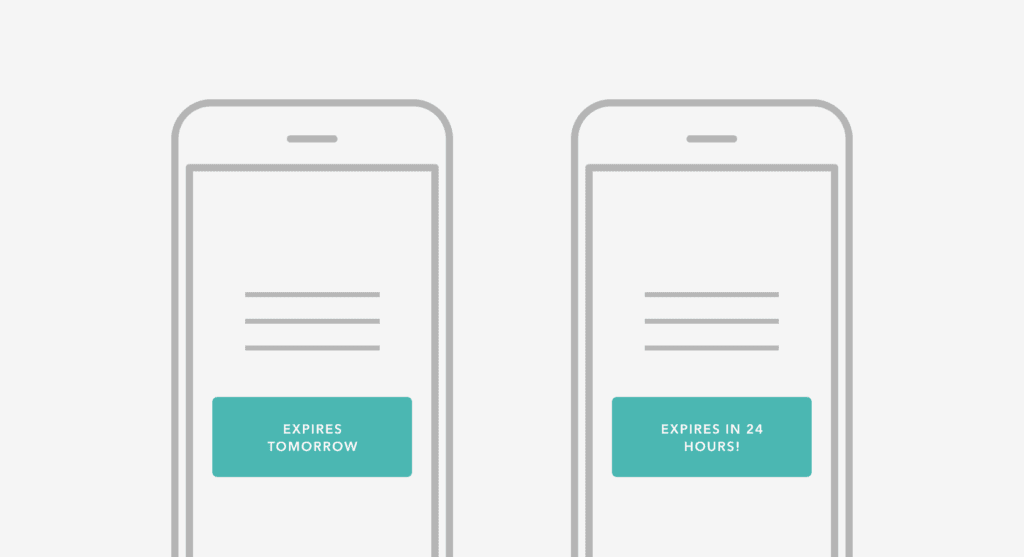
A/B testing a message.
8. Is the value clear?
This is the big one. It’s best to avoid sending notifications for the sake of “getting the word out” or “increasing awareness.” Make the most of your push notifications by using them for urgent, time-sensitive or “action-needed” messages. Push is the most effective channel for messages like these.
Within each message, focus on the value for the customer. If it’s not immediately apparent, they will be less likely to engage. Before finalizing each message ask yourself honestly: “is it clear how this could help my user?”
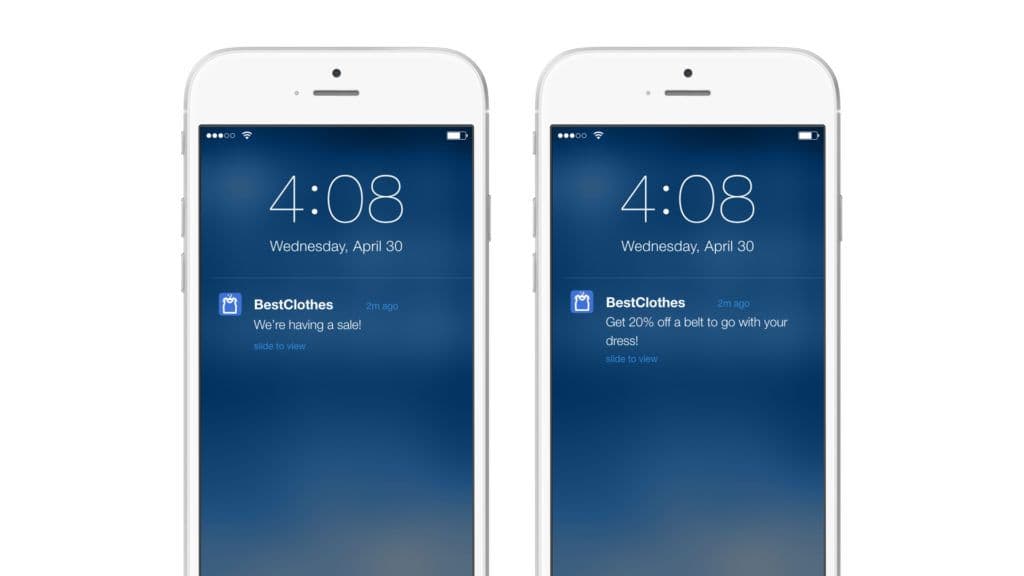
Examples of a vague and specific, value-centered push notification.
The gist
Push notifications are a valuable component of any multichannel strategy, but when done poorly can leave customers puzzled, frustrated, or just plain indifferent.
Once you’ve worked hard to get that opt-in for push notifications, it’s important to keep your users happy with relevant and personalized messages: 78% of customers will opt out of push notifications or uninstall an app entirely if they don’t like the push notifications they’re getting.
The best push notifications are timely, relevant, to the point, helpful, and nonintrusive. Here’s what that means in practical terms as you build creative copy and schedule your campaigns. Ask yourself these questions each time you’re about to send or schedule.
Related Tags
Be Absolutely Engaging.™
Sign up for regular updates from Braze.
Related Content
View the Blog
How behavioral marketing turns data into personalized experiences

Team Braze
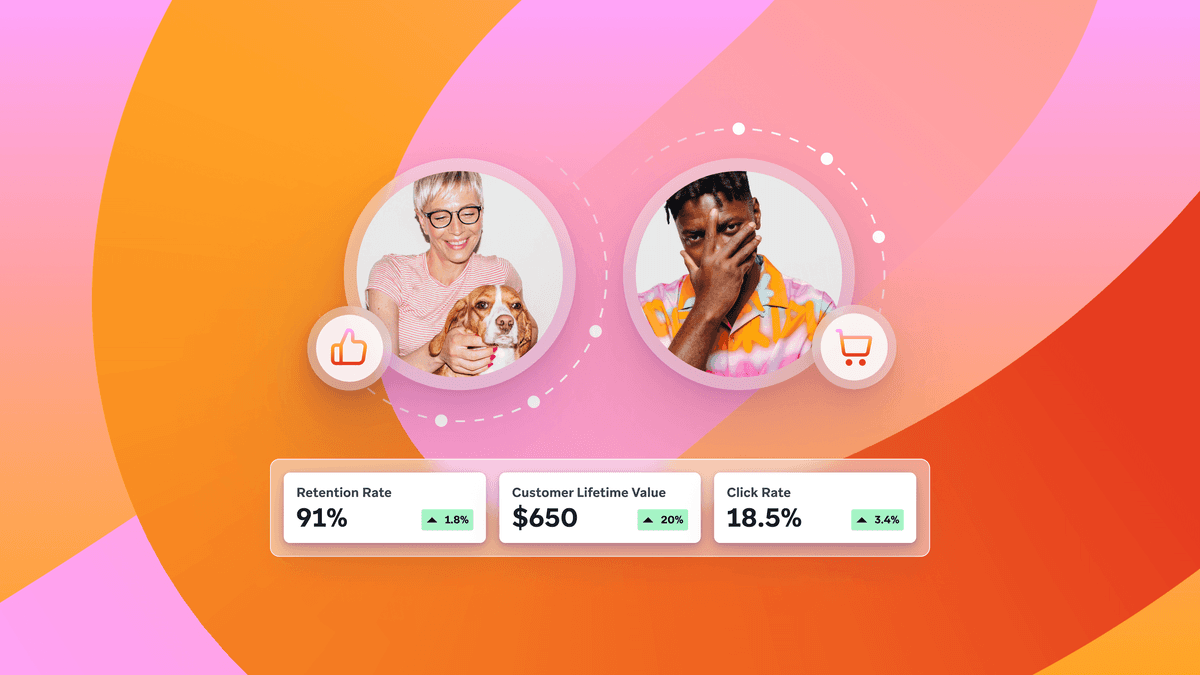
Data-driven decisions: How startups can use reporting and analytics to enhance customer engagement

Team Braze
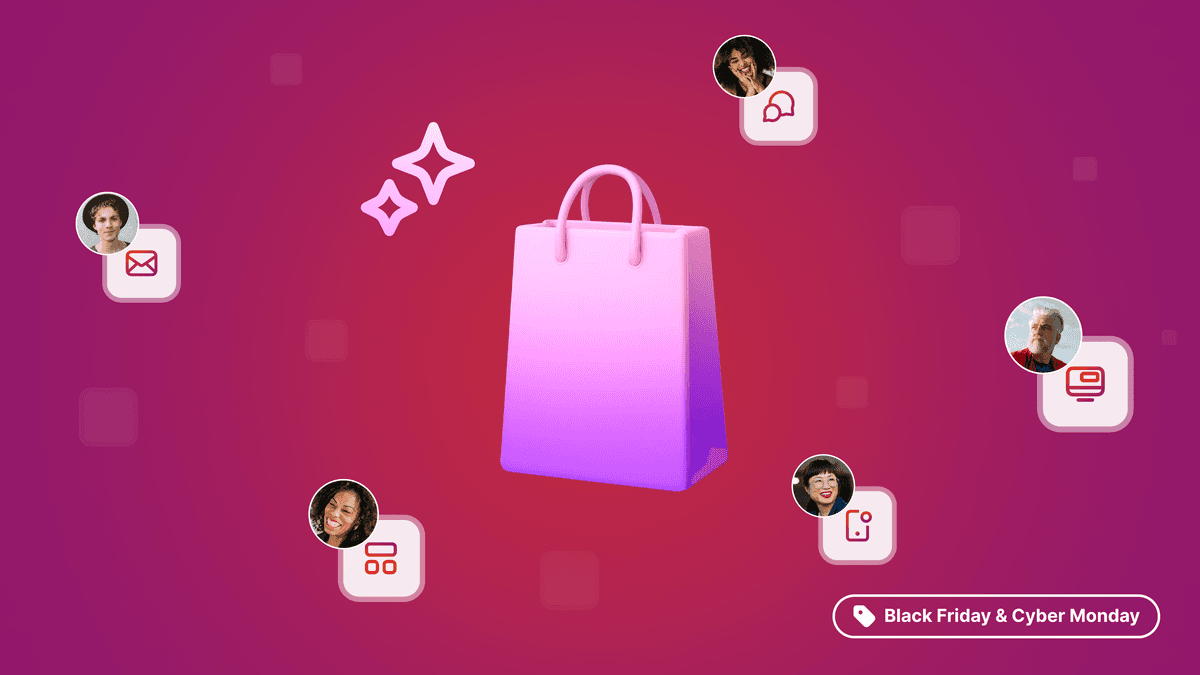
How Braze supports exceptional customer engagement during Black Friday, Cyber Monday, and beyond
